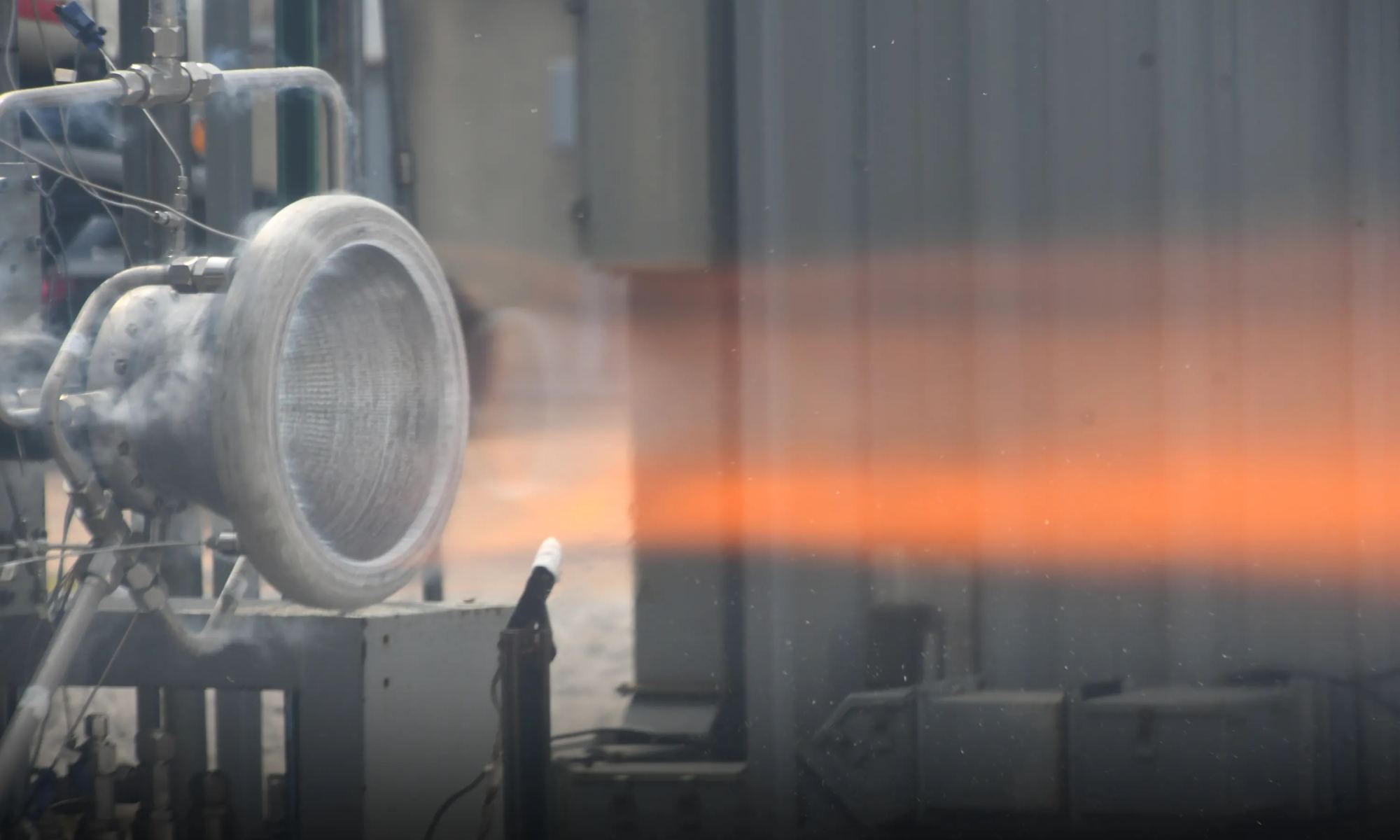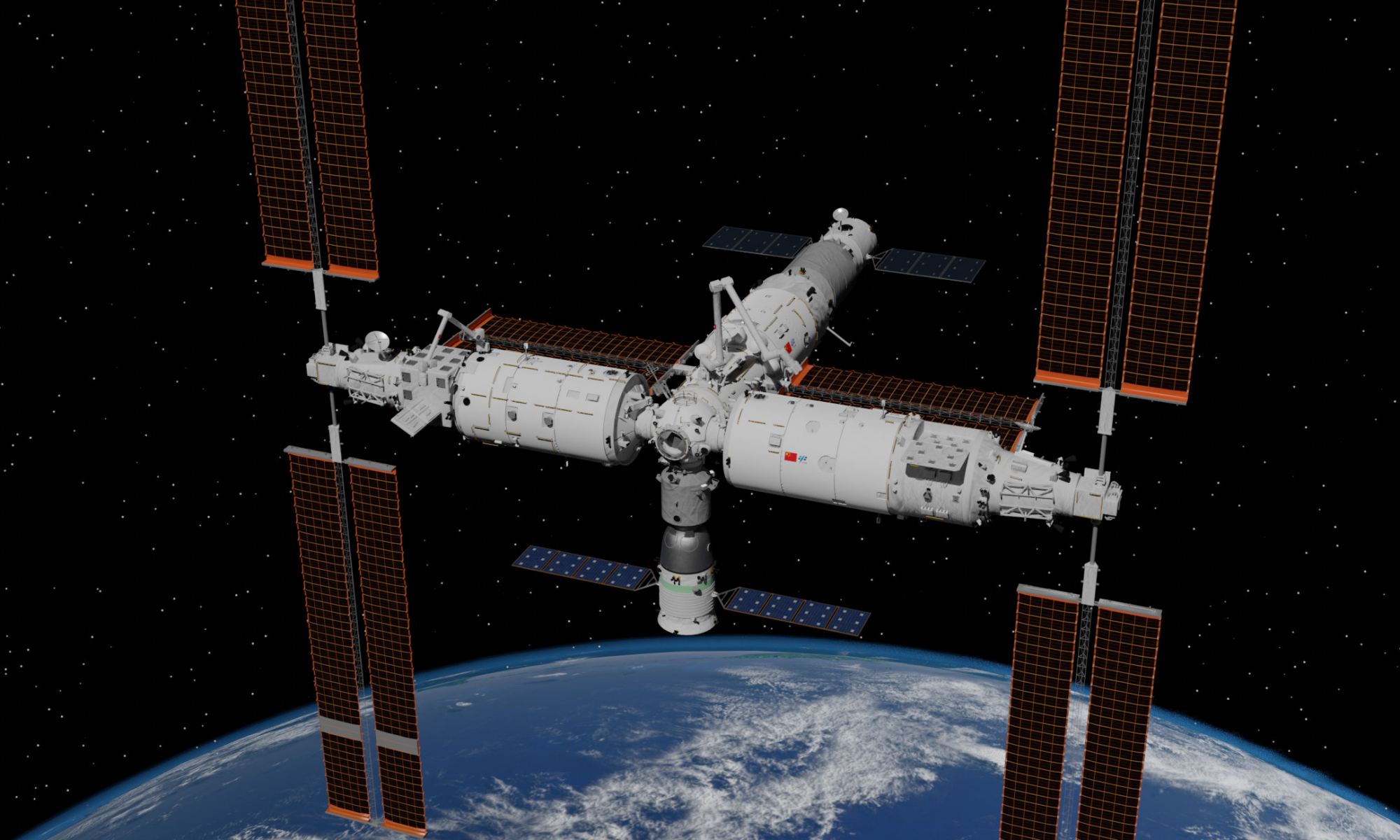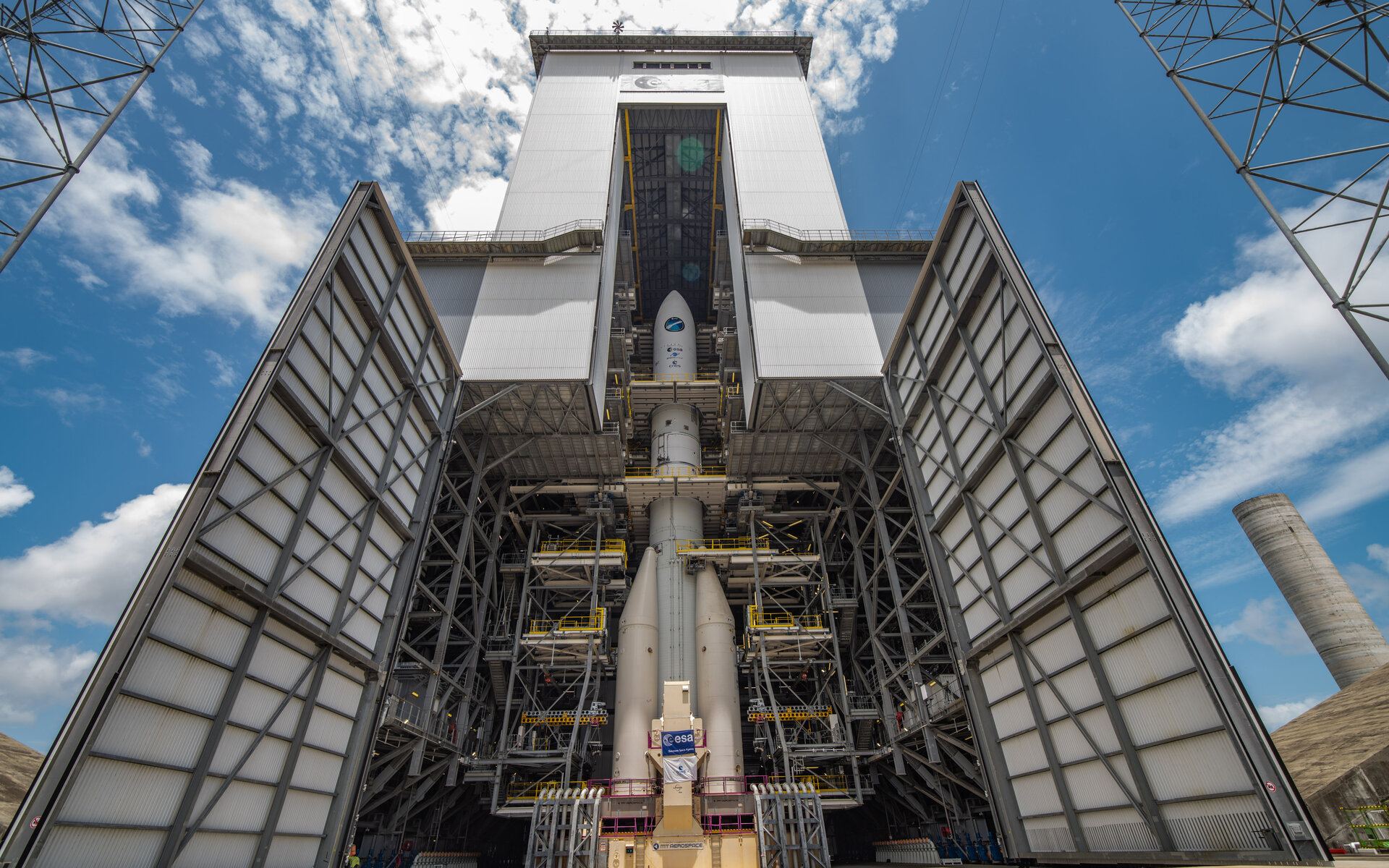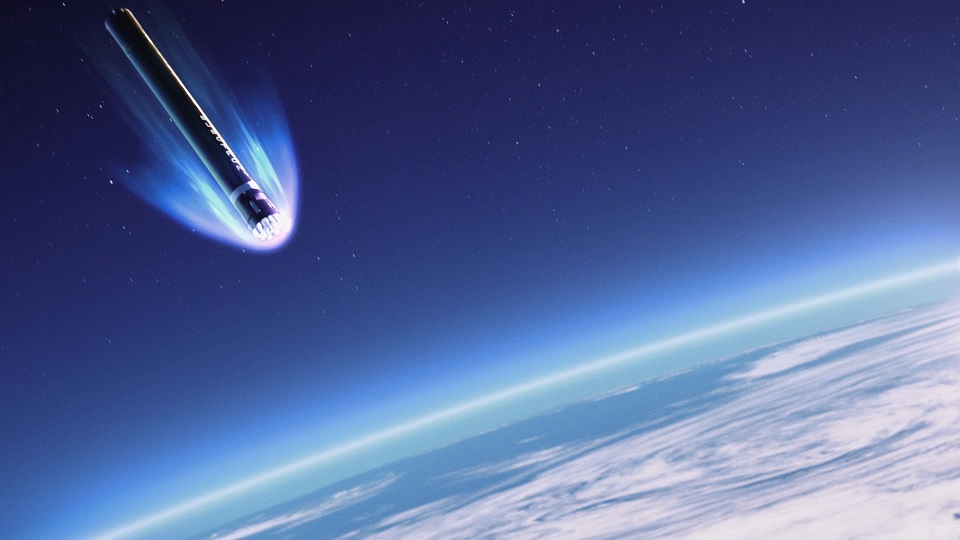When it comes to the current era of space exploration, one of the most important trends is the way new technologies and processes are lowering the cost of sending crews and payloads to space. Beyond the commercial space sector and the development of retrievable and reusable rockets, space agencies are also finding new ways to make space more accessible and affordable. This includes NASA, which recently built and tested an aluminum rocket engine nozzle manufactured using their new Reactive Additive Manufacturing for the Fourth Industrial Revolution (RAMFIRE) process.
Continue reading “NASA Tests a 3D Printed Aluminum Rocket Nozzle”Reusable Rockets Could Fly Back to Their Launch Sites With Wings
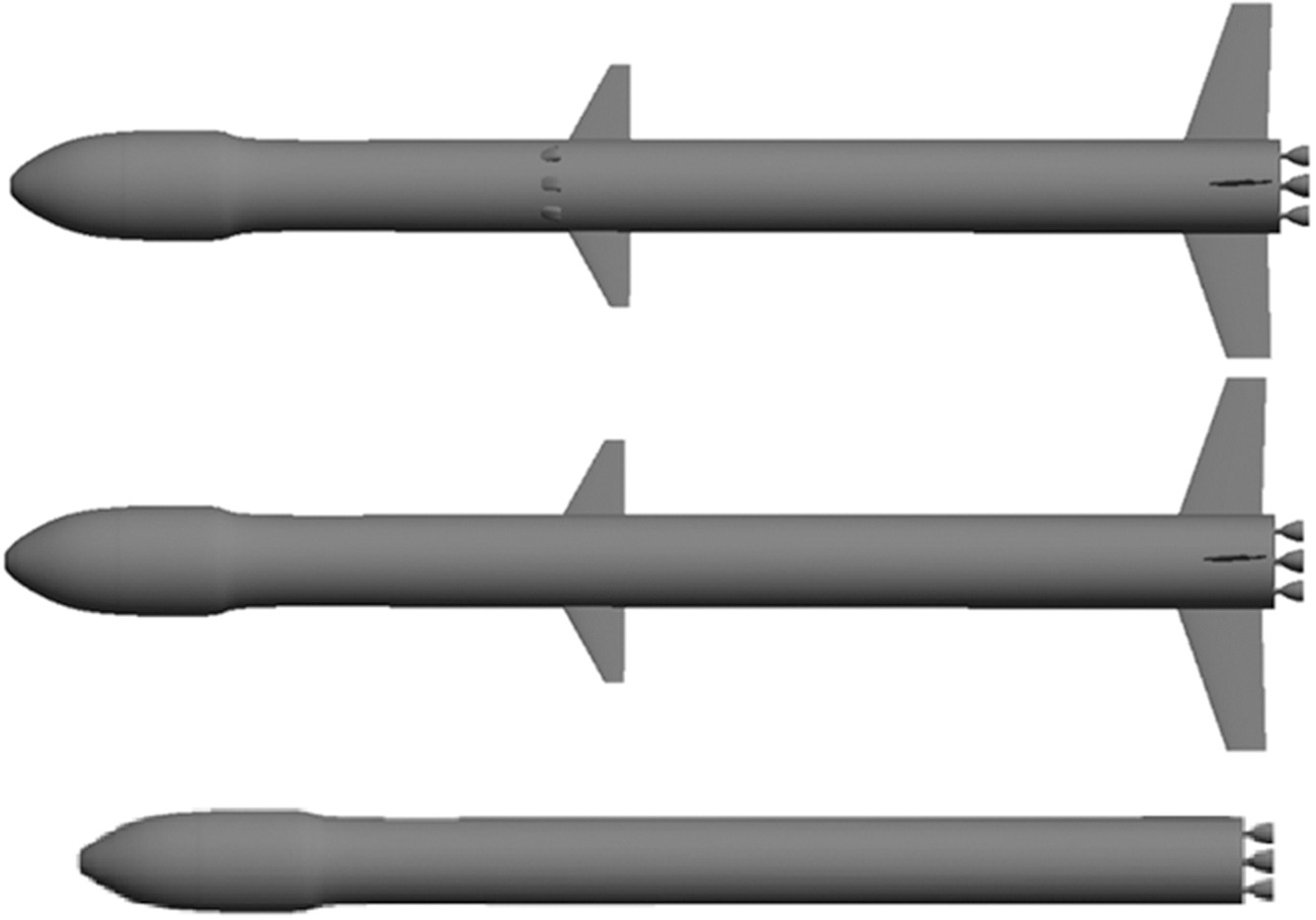
Reusable launch vehicles have been a boon for the commercial space industry. By recovering and refurbishing the first stages of rockets, launch providers have dramatically reduced the cost of sending payloads and even crew to space. Beyond first-stage boosters, there are efforts to make rockets entirely reusable, from second stages to payload fairings. There are currently multiple strategies for booster recovery, including mid-air retrieval using helicopters and nets. Still, the favored method involves boosters returning to a landing pad under their own power (the boost-back and landing maneuver).
This strategy requires additional rocket propellant for the booster to land again, which comes at the expense of payload mass and performance for the ascent mission. As an alternative, researchers from the National Office Of Aerospace Studies And Research (ONERA) propose two new types of strategies that would allow boosters to return to their launch site. These are known as “glide-back” and “fly-back” architectures, both of which involve boosters with lifting surfaces (fins and wings) performing vertical takeoff and horizontal landing (VTVL) maneuvers.
Continue reading “Reusable Rockets Could Fly Back to Their Launch Sites With Wings”China is Trying to Stop its Boosters From Randomly Crashing Into Villages
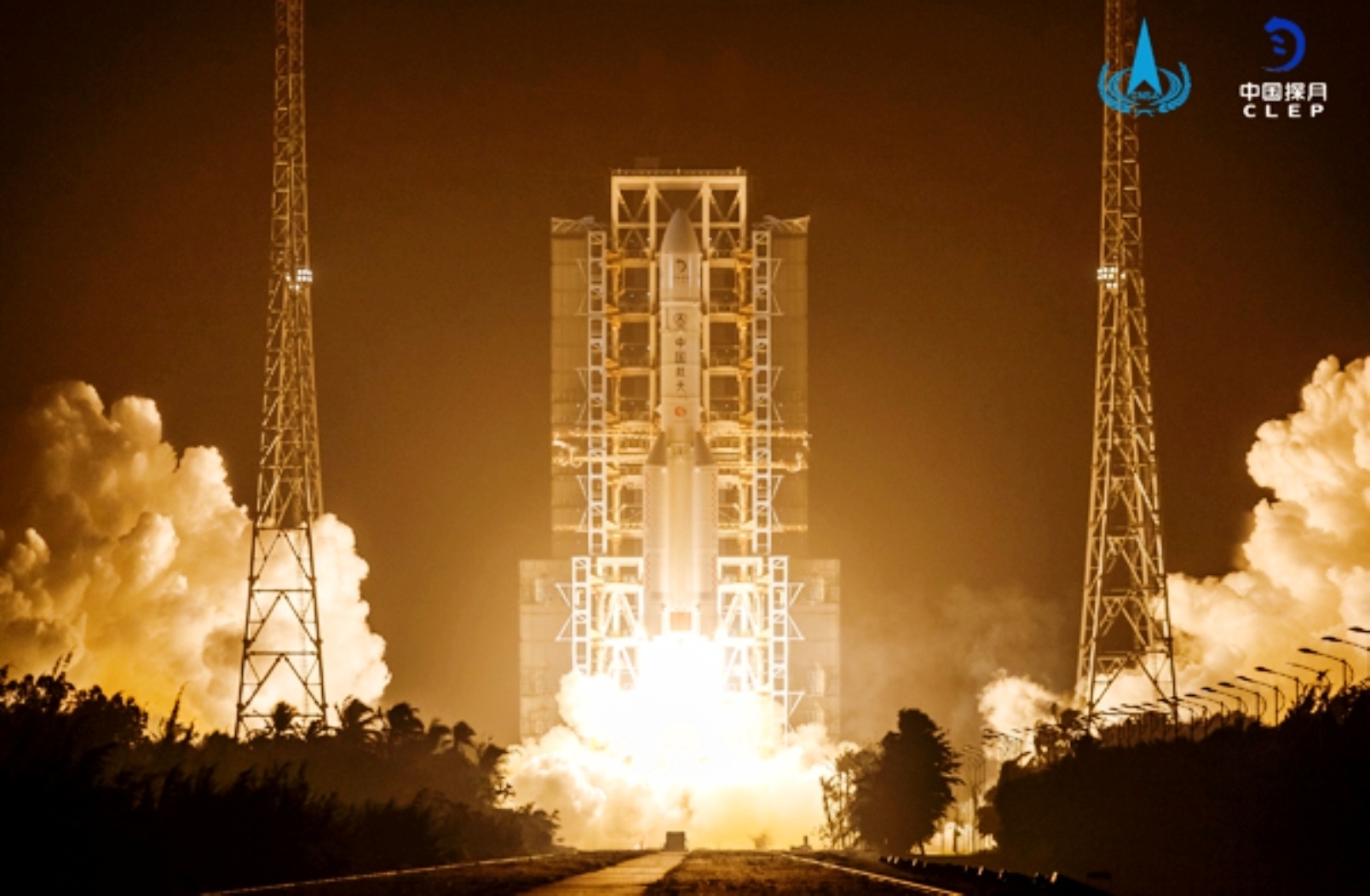
China’s space program has advanced by leaps and bounds in a relatively short time. However, it has suffered some bad publicity in recent years due to certain “uncontrolled reentries” (aka. crashes). On multiple occasions, spent first stages have fallen back to Earth, posing a potential threat to populated areas and prompting backlash from NASA and the ESA, who claimed China was taking “unnecessary risks.” To curb the risk caused by spent first stages, China has developed a parachute system that can guide fallen rocket boosters to predetermined landing zones.
According to the Chinese Academy of Launch Vehicle Technology (CALT), which developed the system, the system was successfully tested on a Long March-3B (CZ-3B) rocket on Friday, June 9th. As they indicated in their statement, a review of the test data and an in-situ analysis of the debris showed that the parachute system helped narrow the range of the landing area by 80%. This could help pave the way for future parachute landing control technology applications, which could allow for controlled reentry, retrieval, and even reusability.
Continue reading “China is Trying to Stop its Boosters From Randomly Crashing Into Villages”ULA Test Fires its New Vulcan Rocket
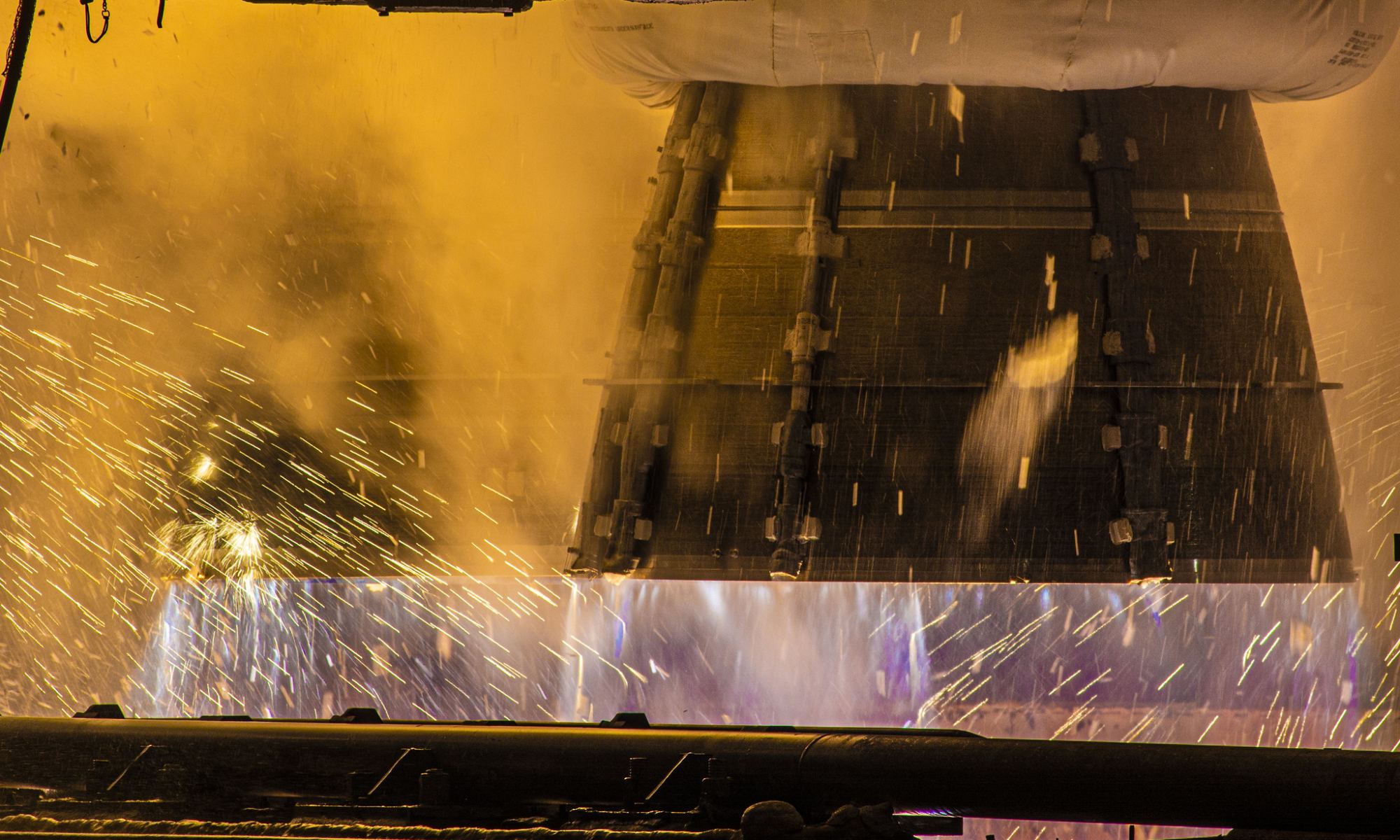
United Launch Alliance (ULA) is the oldest commercial space company in the U.S., with over 150 consecutive launches to its credit. For almost two decades, the company has been providing launch services using the expendable Delta II, Delta IV, and Atlas V rockets. Faced with growing competition and political pressure, ULA began working on a new heavy-launch vehicle, the Vulcan rocket, in 2014. Once realized, this rocket will allow the ULA to remain competitive in the burgeoning NewSpace market and meet the needs of the National Security Space Launch (NSSL).
On June 7th, the first stage of the Vulcan successfully test-fired its two Blue Origin BE-4 engines at Space Launch Complex 41 (SLC-41) at the Cape Canaveral Space Force Station (CCSFS) in Florida. The success of this test, designated Certification-1 (Cert-1), places the ULA on track to launch test its next-generation heavy-launch vehicle. Once realized, the Vulcan rocket will provide services ranging from the deployment of small satellites and payloads to reusable crewed spacecraft, like Boeing’s CST-100 Starliner space capsule and Sierra Nevada’s Dream Chaser spaceplane.
Continue reading “ULA Test Fires its New Vulcan Rocket”Three New Astronauts Arrive at the Chinese Space Station, Including the Country's First Civilian
China continues to establish new milestones in space. In recent years, the China National Space Agency (CNSA) has begun assembling the Long March-9 (CZ-9), the country’s first reusable super-heavy launch vehicle; the Tianwen-1 mission became the first Chinese orbiter, lander, and rover combination to reach Mars, and their super-secret spaceplane completed its second flight (after spending 276 days in space). China has also made significant progress in terms of human spaceflight, especially where the Tiangong space station is concerned.
Earlier this week (Tues. May 30th), the China Manned Space Agency (CMSA) took another major step when it launched the country’s sixteenth mission (Shenzou-16) to Tiangong atop a Long March-2F (CZ-2F) rocket. This mission delivered three taikonauts to the space station and performed the most complicated docking maneuver ever attempted. The mission highlights included successfully testing the Shenzou’s upgraded instruments and systems, which allowed the spacecraft to autonomously rendezvous with the station under less-than-ideal conditions.
Continue reading “Three New Astronauts Arrive at the Chinese Space Station, Including the Country's First Civilian”It’s Time to Figure Out How to Land Large Spacecraft Safely on Other Worlds
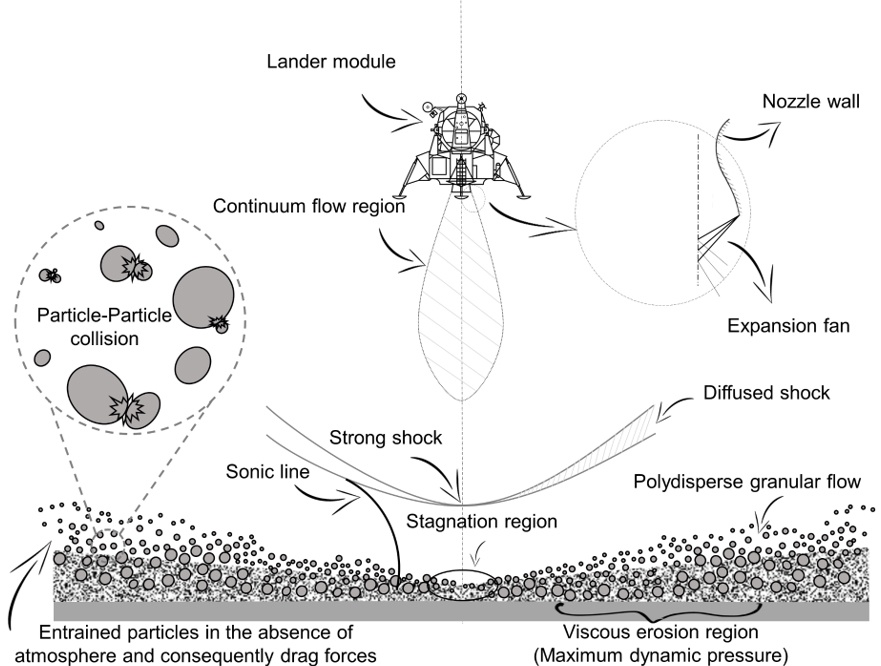
One of the most iconic events in history is Apollo 11 landing on the lunar surface. During the descent, astronauts Neil Armstrong and Edwin “Buzz” Aldrin are heard relaying commands and data back and forth to mission control across 385,000 kilometers (240,000 miles) of outer space as the lunar module “Eagle” slowly inched its way into the history books.
In the final moments before touchdown, Aldrin can be heard saying, “Picking up some dust”, followed by large dust clouds shooting outward from underneath from the spacecraft as the exhaust plumes interacted with the lunar surface, more commonly known as brownout or brownout effect. This significantly reduced the visibility for Armstrong and Aldrin as they landed, and while they successfully touched down on the Moon, future astronauts might not be so lucky.
Continue reading “It’s Time to Figure Out How to Land Large Spacecraft Safely on Other Worlds”Look out, Starship! China is Building a Massive Reusable Rocket!
For years, China has been dropping hints about its Long March 9 (CZ-9) rocket, a three-stage super-heavy variant of the Long March family. This launch vehicle will reportedly be capable of transporting up to 150,000 kg (165 tons) to Low Earth Orbit (LEO) and 54,000 kg (59.5 tons) to a trans-lunar injection. On March 2nd, the China Academy of Launch Vehicle Technology (CALT) announced (via the Chinese social media platform Weixin) that it had finished building the first propellant tank for the CZ-9.
The news was accompanied by pictures that showed the finished tank and the many components that went into making it – and they are massive!
Continue reading “Look out, Starship! China is Building a Massive Reusable Rocket!”An Extremely Lightweight Fission Rocket Could Reach the Solar Gravitational Lens in 15 Years
Novel propulsion ideas for moving around space seem like they’re a dime a dozen recently. Besides the typical argument between solar sails and chemical propulsion lies a potential third way – a nuclear rocket engine. While we’ve discussed them here at UT before, NASA’s Institute of Advanced Concepts has provided a grant to a company called Positron Dynamics for the development of a novel type of nuclear fission fragment rocket engine (FFRE). It could strike the balance between the horsepower of chemical engines and the longevity of solar sails.
Continue reading “An Extremely Lightweight Fission Rocket Could Reach the Solar Gravitational Lens in 15 Years”The New Ariane 6 Heavy Lift Rocket is Finally on the Launch Pad, But Won’t Liftoff Until Late 2023
A prototype of ESA’s new heavy lift rocket is now fully assembled and sitting on the launchpad at Europe’s Spaceport in French Guiana. But according to officials at a briefing last week, the space agency and the rocket’s prime contractor, ArianeGroup, have decided to delay the first flight of the Ariane 6 to the fourth quarter of 2023 after several issues were brought to the fore in an external review.
Continue reading “The New Ariane 6 Heavy Lift Rocket is Finally on the Launch Pad, But Won’t Liftoff Until Late 2023”Uncontrolled Rocket Reentries are a Bigger Problem Than you Think
Over 60% of the launches in 2020 resulted in one or more rocket parts making an uncontrolled reentry into the atmosphere. While thankfully no one was hurt by that debris, with the expected rise in rocket launches over the coming decade the chances of a casualty are increasing. A new study paints the picture of how current methods of assessing risk are inadequate and new steps need to be taken.
Continue reading “Uncontrolled Rocket Reentries are a Bigger Problem Than you Think”
